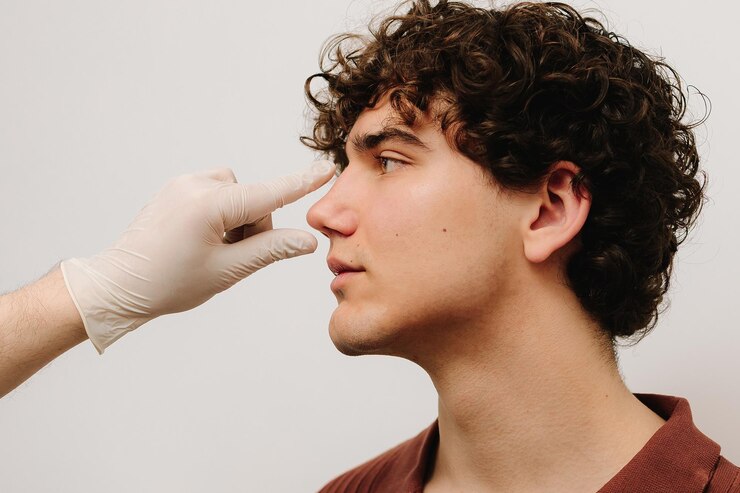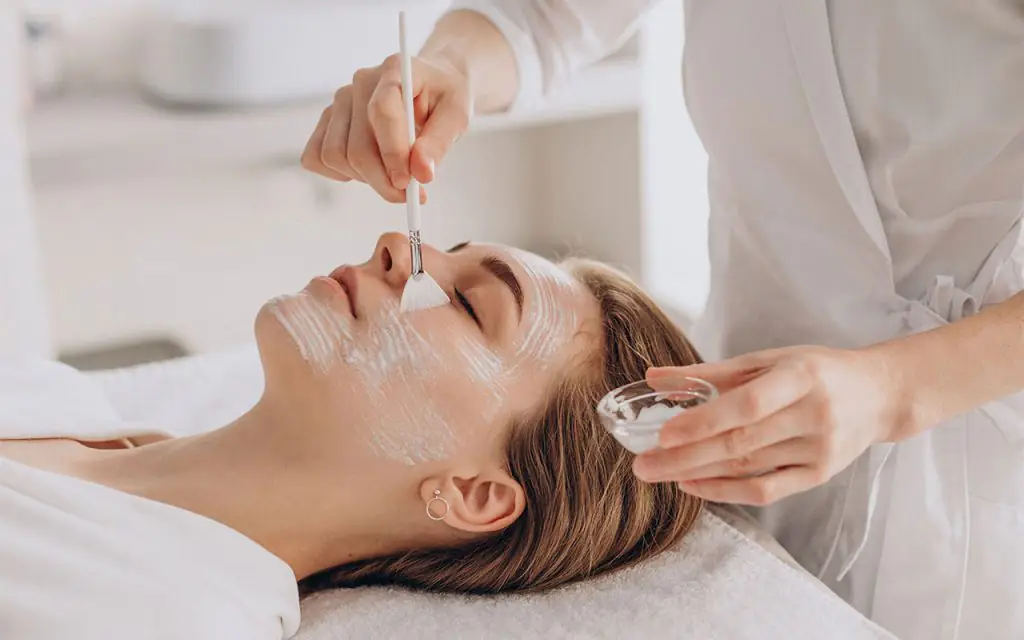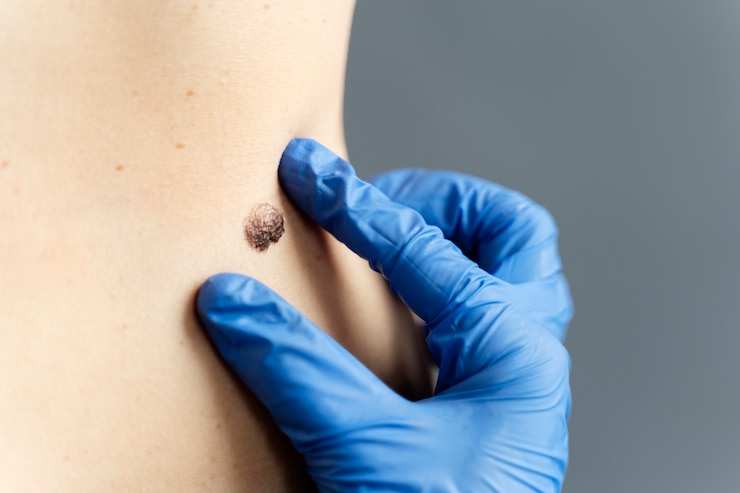Treat Pigmentation with Dermatology at Dynamic Life Clinics

Pigmentation concerns are among the most common skin issues faced by individuals across all age groups. At Dynamic Life Clinics, advanced dermatological treatments are designed to restore your skin’s natural radiance and uniform tone. By combining medical expertise with state-of-the-art technology, the clinic offers tailored solutions to help you achieve visibly clearer and healthier skin.
Understanding Pigmentation
Pigmentation refers to the coloring of the skin caused by melanin – a natural pigment produced by specialized skin cells. While melanin provides essential protection against harmful UV rays, an uneven distribution can result in patches, spots, or darker areas on the skin.
Common Causes of Pigmentation
-
Sun Exposure – Prolonged exposure to UV rays triggers excess melanin production.
-
Hormonal Changes – Often linked to pregnancy, menopause, or hormonal therapies.
-
Post-Inflammatory Hyperpigmentation (PIH) – Dark spots following acne, eczema, or injuries.
-
Aging – Natural skin aging can cause age spots or liver spots.
-
Genetic Factors – Inherited skin tone irregularities.
Types of Pigmentation Issues
| Type | Appearance | Common Areas |
|---|---|---|
| Melasma | Brown or gray-brown patches | Face, cheeks, forehead, upper lip |
| Sunspots (Lentigines) | Small, darkened patches | Face, hands, shoulders |
| Freckles (Ephelides) | Light brown or red spots | Nose, cheeks, arms |
| Post-Inflammatory Hyperpigmentation | Dark spots after skin injury | Face, body |
| Hypopigmentation | Lighter patches than surrounding skin | Various parts of the body |
How Dermatology Helps in Pigmentation Treatment?
Dermatology offers scientific, evidence-based treatments that target pigmentation at its root cause. By understanding the type and cause of pigmentation, dermatologists can recommend the most effective treatment plan. The focus is not only on reducing existing spots but also on preventing future pigmentation.
Popular Dermatological Treatments for Pigmentation
Laser Therapy
Laser treatments work by delivering targeted light energy to break down excess melanin in the skin. The body naturally eliminates these pigment particles over time, leading to a more even skin tone.
Benefits:
-
Highly precise targeting
-
Minimal downtime
-
Suitable for stubborn pigmentation
Chemical Peels
Chemical peels use specially formulated solutions to exfoliate the skin’s outer layer. This removes damaged cells, stimulates regeneration, and helps fade pigmentation.
Common Peel Types for Pigmentation:
-
Glycolic Acid Peels
-
TCA (Trichloroacetic Acid) Peels
-
Lactic Acid Peels
Microdermabrasion
A gentle exfoliation method that polishes away dead skin cells, encouraging new cell turnover and improving overall tone.
Best For:
-
Mild pigmentation
-
Early sun damage
-
Uneven texture
Intense Pulsed Light (IPL) Therapy
IPL uses broad-spectrum light to target pigmented cells and vascular lesions, improving skin clarity and radiance.
Advantages:
-
Non-invasive
-
Treats multiple skin concerns simultaneously
-
Quick sessions
Dermatologist-Prescribed Topicals
In some cases, prescription-strength creams with active ingredients such as hydroquinone, retinoids, and vitamin C are recommended to gradually lighten pigmentation.
Why Early Treatment is Important?
Delaying treatment allows pigmentation to deepen, making it harder to correct. Early intervention ensures:
-
Better results in fewer sessions
-
Reduced risk of recurrence
-
Healthier, more youthful-looking skin
Skincare Tips to Maintain Results
A professional treatment plan works best when combined with a proper daily skincare routine. Here’s a dermatologist-recommended approach:
| Step | Purpose | Key Ingredients to Look For |
|---|---|---|
| Cleanse | Removes dirt & oil | Gentle, sulfate-free cleansers |
| Protect | Shields against UV | Broad-spectrum SPF 50+ |
| Treat | Targets pigmentation | Vitamin C, niacinamide |
| Hydrate | Strengthens skin barrier | Hyaluronic acid, ceramides |
| Repair | Nighttime regeneration | Retinoids, peptides |
Before and After: What to Expect
| Stage | Skin Condition | Visible Change |
|---|---|---|
| Initial Consultation | Uneven tone, visible spots | Assessment & plan |
| First Few Sessions | Early pigmentation fading | Smoother texture |
| Mid-Treatment | Noticeably lighter patches | Brighter complexion |
| Final Results | Even tone, renewed glow | Long-term improvement |
Q1: How long does it take to see results from pigmentation treatment?
A: This depends on the severity and type of pigmentation. Some clients notice improvement within a few weeks, while others may require multiple sessions over several months for optimal results.
Q2: Can all skin types undergo pigmentation treatments?
A: Yes, but the treatment type and intensity are customized according to your skin type and pigmentation cause to ensure safety and effectiveness.
Q3: Is pigmentation treatment permanent?
A: Treatments can provide long-lasting results, but maintaining them requires proper skincare, sun protection, and occasional maintenance sessions.
Q4: Will the pigmentation get darker before it fades?
A: In certain treatments like chemical peels or laser therapy, pigmentation may temporarily darken before flaking off or fading as part of the natural healing process.
Q5: Can pigmentation be completely prevented?
A: While it cannot be completely avoided due to factors like genetics or aging, it can be significantly minimized through preventive care, sunscreen use, and early treatment.
Conclusion
Pigmentation can affect confidence and skin health, but with the expertise of qualified dermatologists and the latest technology, achieving a clear and even complexion is entirely possible. A personalized approach at Dynamic Life Clinic ensures the treatment addresses your specific skin needs, targeting pigmentation from its source. If you’re ready to rediscover your skin’s natural beauty, dermatological care offers a safe, effective, and lasting solution.








